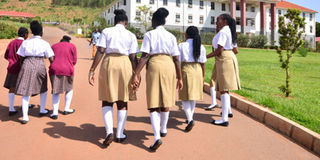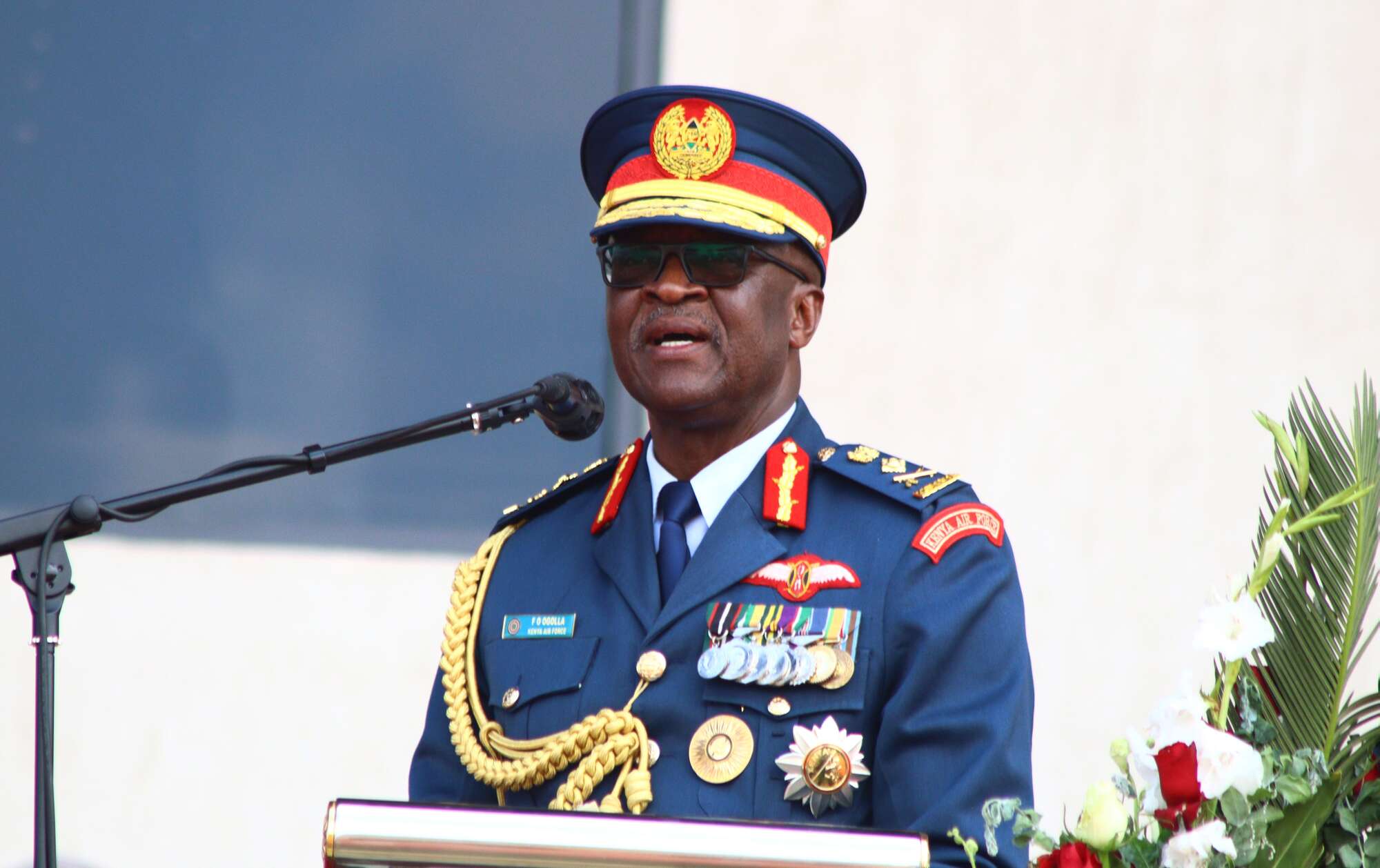Influx of private schools, what’s the catch?

Private schools are said to have better facilities and infrastucture that entices parents . PHOTO BY ALEX ESAGALA
Joseph Byaruhanga, earns Shs300,000 per month as a security guard. He has a family of three children to cater for, as well as paying other bills. His first two children attend a nearby private primary school in Namasuba, Zanna where he pays fees of Shs170,000 for each child totaling to Shs340,000 a term.
Apart from tuition, he has to buy scholastic materials and other fees as directed by the school. Byaruhanga is not your rich parent but he sure is among the growing list of parents who year by year join the private schools trend as the best way to educate their children.
“The problem with universal primary education schools is that the population in class is too high. It is possible to find more than 200 pupils in one class. Private schools have a small teacher to pupil ratio. You will find 50 pupils in a class which is manageable. A child in a class of many pupils will not learn anything and might take long to understand,” Byaruhanga says.
In 1997, government introduced Universal Primary Education. Under this arrangement, four children in every family were to study free of charge in all government-aided primary schools. Almost 10 years after UPE, the government introduced Universal Secondary Education becoming the first country in sub-Saharan Africa to introduce universal secondary education. But despite this, parents are increasingly parting with huge sums of money to educate their children in private schools. As such numbers of private schools increase each year.
According to the Uganda Schools Guide website, as of today there are more than 13,000 private schools in 127 districts in Uganda. Among the private schools are the high end ones that offer foreign curriculums and target wealthy parents and the ones that target middle income earners.
The endless challenges plaguing most public schools have increasingly eroded public confidence. They have been labelled as for the ‘poor’ forcing some parents to take children to private schools where they hope to find better education for their children.
The increase in enrollment of students has not only accelerated a rise in private schools across the country; but also the cost of education.
Overwhelming numbers
In January 2018, Alex Kakooza, the permanent secretary of Ministry of Education and Sports while at the Senior One selection exercise at Uganda Manufacturers Association grounds announced that government had scrapped Universal Secondary Education in private schools under the Public Private Partnership (PPP).
At the peak was a challenge of funding and an increasing number of ghost students. This did not go down well with parents who had fear of transferring their children to public schools for the USE programme dreading the appalling conditions of overcrowding.
For instance, at Masindi Secondary School, a government funded school, students study in shifts; some in the morning to noon while others from 2pm to evening.
According to Byaruhanga, “Some parents take their children to UPE schools because the tuition is relatively lower there. Personally I do not have much money but I want my children to at least have a good education. I would rather pay in installments to make sure that my children study in a private school.”
But the move to scrap USE from private schools was intended to raise money and ensure that every sub county has a public school. According to Kakooza, more than 615 government sub-counties had no secondary schools.
At the time, government would pay Shs47,000 for each student per term in a private school under the USE programme.
Mpumudde Seed Secondary School in Jinja District is one of the new schools established by government to create equity in providing education across the country.
However, since its establishment, the school is still housed in Mpumudde Primary School buildings with a few new classroom blocks.
Sanon Mwesigwa, the head teacher, recently expressed worry over a surging student population with no facilities while at the launch of a digital library at the school.
“We want to appreciate e-learning, but we do not have space where to put this digital library. My teachers have nowhere to sit because the staffroom is now full of digital tablets,” he said. “We want extra building materials and land for expansion and creation of access roads and a laboratory with chemicals and equipment,” he added.
Aggrey Kibenge, the undersecretary at the Ministry of Education and Sports who was the chief guest at the event gave a one worded response. “We shall look into the matter at the ministry.”
High price to pay
With appalling conditions in both public primary and secondary schools, private schools have been increasing over time to attend to the needs of frustrated parents but at a much higher cost.
According to the ministry of Education, the Private Schools and Institutions department was inaugurated in 2008, consequent to the restructuring of the ministry to cater for the ever expanding private investment in education.
Since the government decision to liberalise the education sector in 1993, thousands of schools and institutions have been set up by private investors. In the secondary sub-sector, the number of private schools, at about 4,000, is more than double the number of government-funded schools.
Light Academy on Entebbe road is one such private school that specifically cater for the middle class who can afford the fees.
Mahad Budda, a student at Light Academy (former Turkish), says the school charges between Shs1.8m and Shs2m per term and the fees increase termly.
However, he says, the services are worth the money because the teacher-student ratio is low with each class stream having between 28 and 32 students. He adds that the sickbay is good with fulltime nurses as well as better accommodation.
Other private schools around Kampala and Wakiso districts charge between Shs500,000 and Shs2m as tuition fees for either day or boarding section.
Scraped funding
At the start of 2018, the ministry of Education scrapped funding to 792 private secondary schools which had been implementing the Universal Secondary Education programme.
The ministry officials argued that the government has built capacity over the years in areas where they did not have any government-aided schools and are now ready to absorb those students in these institutions, adding that this, however, will be done in phases. The move left an estimated number of students who were expected to benefit from the Public Private Partnership in Senior One stranded.



